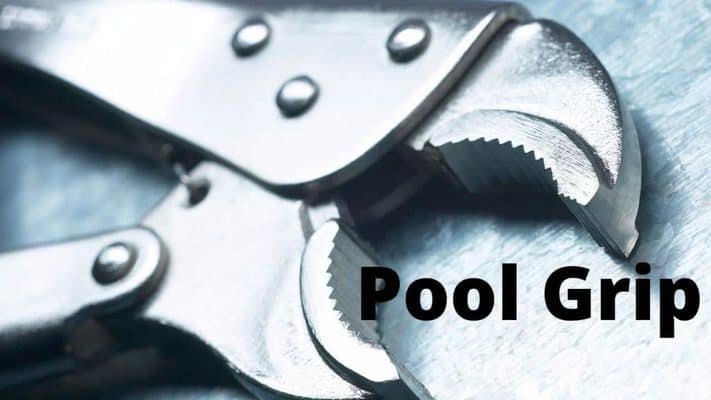I am talking about the reason for missing easy pool shots even when you thought that everything was lined up perfectly prior to the execution. I am not talking about missing in general terms or the efforts of inexperienced beginners banging balls around the table.
Pool is a difficult game and some shots are more difficult than others.
Only Two Reasons Why We Miss Easy Pool Shots.
When you are playing pool and you miss a shot that you have made a hundred times it can be very unsettling. what is going on, why did I miss that? Although there appear to be a 1000 different reasons for missing a shot, the situation is far simpler.
Given that you know how to play and are going through the same routine as usual, there are only two basic reasons for missing shots…. either:
- You failed to line the shot up correctly.
- Your stroke broke down on delivery.
That’s it, just two reasons why you miss easy pool shots.
Any other issues can be traced back to one of these two failures.
Aiming consists of:
- Shot recognition.
- Shot alignment.
- Vision center.
- Approach.
Stroke consists of:
- Stance.
- Head placement.
- Shoulder and elbow alignment.
- Wrist position and grip.
- Accurate address position.
- Cue delivery.
- Staying still.
It Can’t Be My Aiming Because I Use A System.
It goes without saying but I’m going to say it anyway …. no aiming system in the world will make you successful at potting balls if you do not have a consistent way to deliver the cue through on a straight line. Straight cue delivery is so important that you need to isolate it from the other functions to make a reliable assessment of your stroke.
So let’s Remove Aiming From the Equation.
So the problem here is that we have two variables either one of which could fail or both of them could fail at the same time. In order to find out what is going wrong, we need to eliminate one of the problems in other words isolate the stroke or isolate the aiming.
It is easier to isolate the aiming.
To do this line up a shot which is the type of shot that you would miss 25% of the time but you know where to aim. If possible you can play a shot that is well known to you, for instance, a 1/2 ball shot or a 3/4 ball shot that you know is lined up correctly. Mark the table with hole reinforcers to ensure correct placement.
Your Stroke Must Have errors.
You have now eliminated the aiming part of the shot.
Having isolated the aiming from the problem, if you miss now you know it has to be your stroke. Once you know that it is your stroke then it is easier to work on that particular area of your game until you can successfully make the ball every time.
What’s The 1st Step to Fixing Stroke Errors?
In order to look at your stroke and find out what is causing the misses, you will need to see what you are doing during the shot. This can be achieved on your own with a video recorder that most smartphones have these days. Doing this on your own can work if you know what to look for but most likely you will need help from a third-party preferably a coach.
Play the same shot over and over at least 5 times from each position. Video yourself from the front, the back and the right side, if you are right-handed. Take some extra footage of yourself playing several shots at random. Don’t try too hard to be perfect on the video clips.
Don’t forget that you are trying to capture errors!
If you have never watched a video of yourself playing before this could be a real eye opener. As pool players, we often have the idea that we look great when playing! However, things are probably not going to look perfect at all. But that’s ok you will now have something definite to work with.
What To Look Out For First On The Video.
As mentioned earlier the stroke consists of:
- Stance.
- Head placement.
- Shoulder and elbow alignment.
- Wrist position and grip.
- Accurate address position.
- Cue delivery.
- Staying still.
But first of all take a 1000 ft view at the footage to get a general idea of the issues at hand.
- Do you see anything obviously wrong?
- Does everything look fairly standard?
- Do you see any unnecessary movement?
- Do your movements look smooth and controlled or jerky?
- Is there a definite rhythm to your motions?



